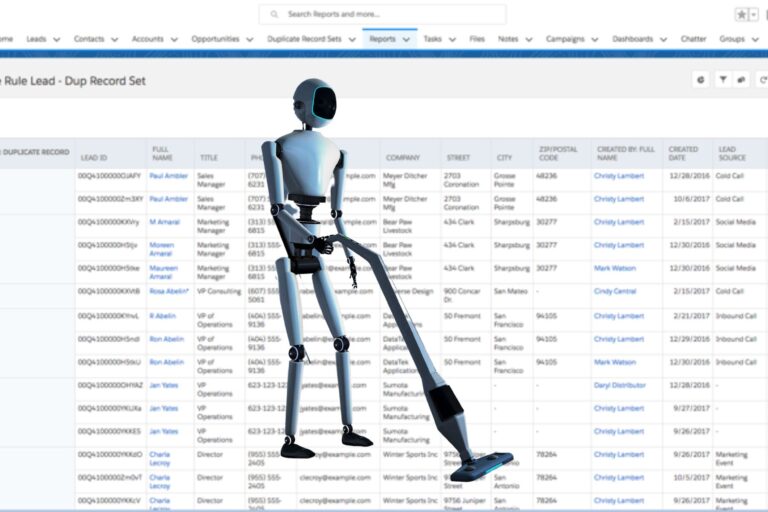
So, you want to improve your Marketing data management?
Maybe you’ve been given a mandate from leadership. Maybe you’ve read some eye-opening stats about the harmful effects of poor data. Or, deep down, maybe you know that a strong data management strategy is the cornerstone of modern marketing and selling.
For example, everything in marketing, ops, and sales is driven by data:
- Campaign execution: From personalizing an email to segmenting lists.
- ABM: From defining your ICP to informing Sales about what’s happening in key accounts.
- Sales follow-up: Studies show that companies lose nearly 30% of seller time due to bad data every year.¹
- Lead management: Firms will see 25% less revenue² if leads are mismanaged (e.g. filtered into the wrong queue or sent to the wrong team.) It can take days – even weeks – to be rerouted to the correct rep for follow up.
- Budget decisions: Knowing what’s working, and where to invest, depends on reliable attribution and ROI data.
This is why revenue teams often have a love/hate relationship with their data. The problem is, because data can quickly become overwhelming and hard to tackle, the solution isn’t easy or simple. Many companies carry on with poor data without strategies to improve it.
The good news: You’re not alone. To help, we’ve collected some guidance and resources from our experience and that of our customers. Our goal was to lay out what a strong marketing data strategy is, what it looks like, and how it can help you.
3 Marketing Data Management Quick Tips:
- Create a cross-functional data team. A cross-functional team brings cross-functional solutions. If you’re just starting out, a data committee is a fantastic place to begin. This committee should not only discuss data projects, but also pilot new technology on a regular basis.
- Understand your data so you can ask the right questions. Do you know how much data you actually have across the revenue lifecycle? Do you need it all? Can you track where it came from and take stock of all data sources? What is the age of your data? These questions are part of data auditing and ongoing hygiene that will illustrate problems worth solving.
- Unify your data. Your #1 goal is to cleanse, enrich, and integrate data that comes into your system. This can include integration between systems and teams, and capabilities like Lead-to-Account (L2A) Matching for greater visibility.
In addition to these tips, our Best Practices for a Winning B2B Marketing Data Strategy eBook covers:
- Common situations that create data quality issues for B2B teams
- How to measure the impact of data management and the financial cost of poor data.
- Five key places to start building a data strategy – from committees to cleansing
Download the eBook here, and start a winning data strategy today!









